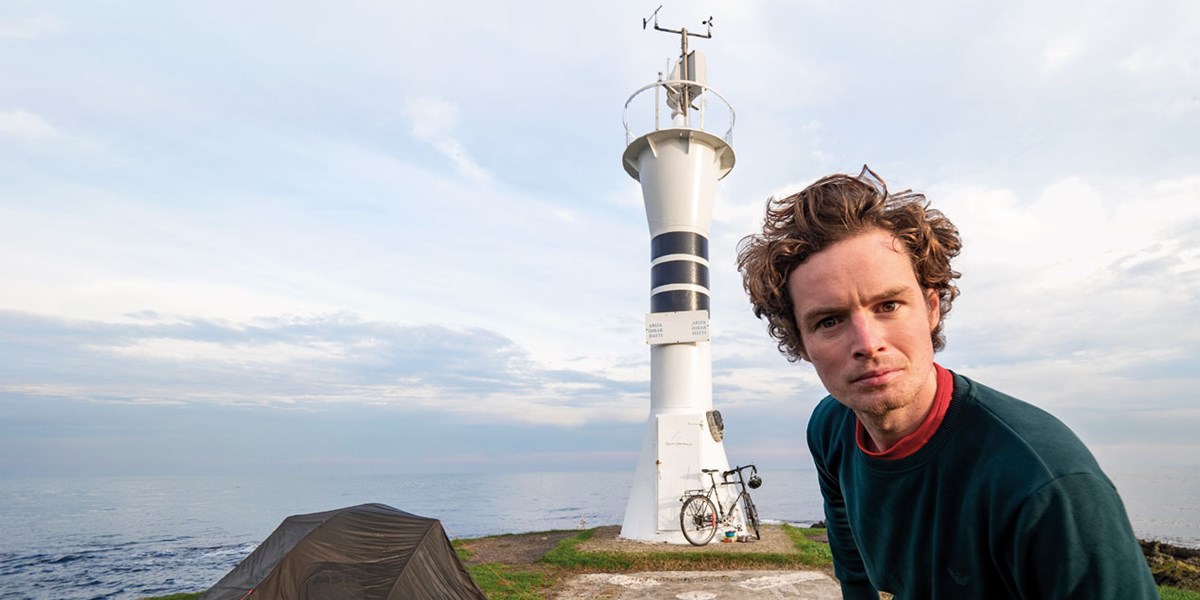Tuesday, March 19, 2019
Cycling the Silk Road: Part 1 – A String of Connections
By Olly Burton
Intrepid cyclist Olly Burton is travelling from the UK to India. This is the first of a series of reports about his Silk Road musical encounters

Olly Burton and his bicycle pictured at Yason Feneri, Perşembe, Turkey

Register now to continue reading

Thanks for visiting the Songlines website, your guide to an extraordinary world of music and culture. Sign up for a free account now to enjoy:
- Free access to 2 subscriber-only articles and album reviews every month
- Unlimited access to our news and awards pages
- Our regular email newsletters

